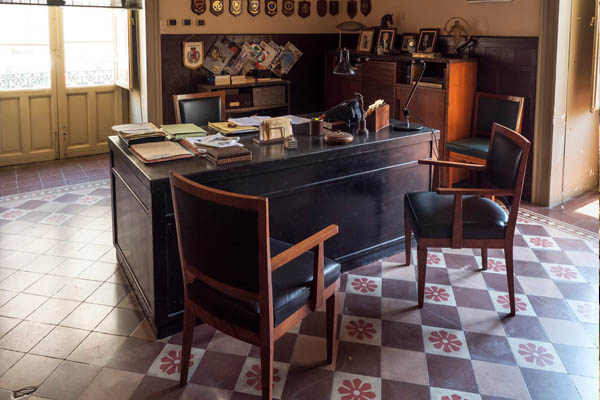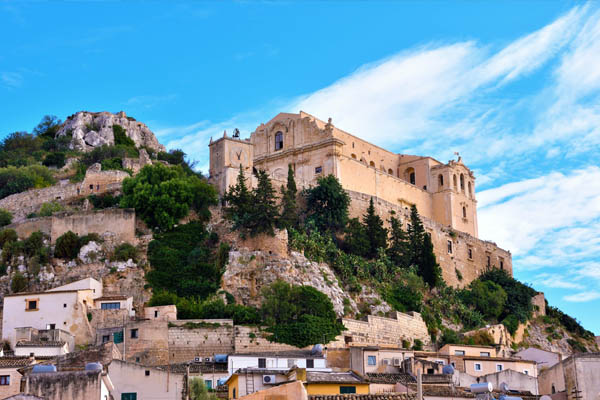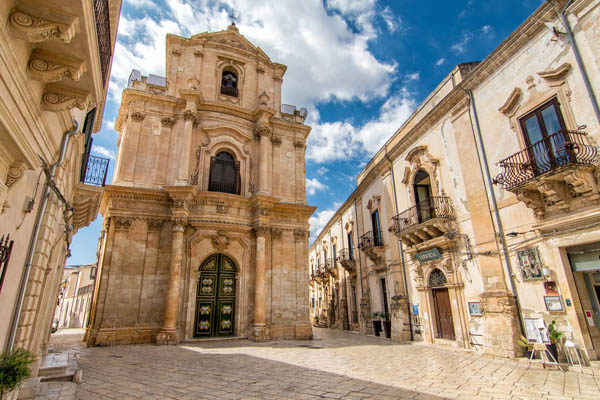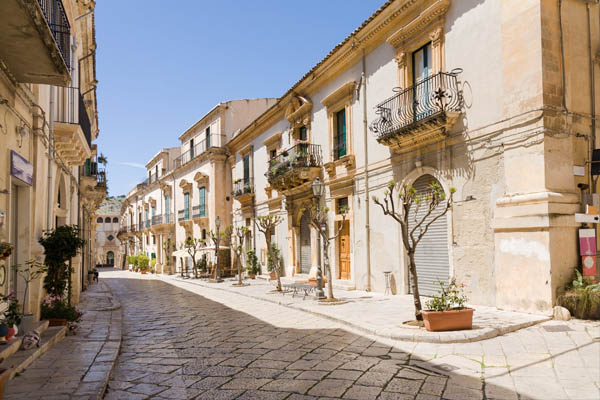

Discovery ragusa
Scicli:
Scicli is a centre of the Hyblean Baroque of Val di Noto, whose historic centre is a UNESCO World Heritage Site.
Scicli extends over a wide plain nestled within three narrow, sunken valleys called Cave, originating from tectonic fractures of very remote times and which have become the bed of torrential watercourses. Its origins are ancient and probably date back to the Sicilian period, about three thousand years ago.
The characteristic conformation of the territory with the presence of quarries and karst caves, has favoured the birth of numerous rock settlements. In addition to the prehistoric one of Grotta Maggiore, we also remember the late Byzantine settlement of the 7th century A.D. located in Castellaccio, and the Byzantine (8th century A.D.) and medieval (10th-11th century A.D.) rock settlement in Chiafura, visible to this day.
After the fall of the Roman Empire, Scicli passed to the Byzantines and suffered, like other towns on the island, the incursions of the Barbarians. The ancient city stood on the hill of San Matteo, where the remains of a castle still stand today, making the ancient settlement difficult to conquer.
Under Arab rule, Scicli experienced a period of remarkable agricultural and commercial development and the Arab historian Edrisi in the first half of the 12th century, exalted the economic prosperity of Scicli.




